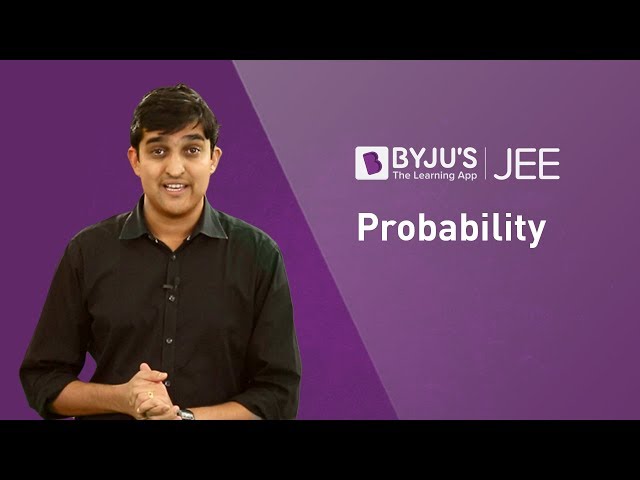The sample space of an experiment of tossing three coins is S = {TTT, HHH, TTH, HHT, THT, HTH, HTT, THH}. Since the sample space comprises of 8 elements, therefore, the probability of occurring each sample point is 1/8. Let A and B be the events of displaying 2 heads and 1st coin showing tail respectively.
Then, A = {HHT, HHH, THH, HTH} and B = {THT, THH, TTT, TTH}.
Therefore P(A) = P({HHT}) + P ({HHH}) + P ({THH}) + P ({HTH}) =1/8 +1/8 +1/8 +1/8 =1/2.
Similarly, P(B) = P({THT}) + P({THH}) + P ({TTT}) + P ({TTH}) =1/8 +1/8 +1/8 +1/8 =1/2.
Also, A ∩ B = {THH} and P({THH}) = P(A ∩ B) = 1/8
The sample point of B which is favorable to event A is THH. Thus, P(A) considering B as the sample space (S) = 1/4. This P(A) is known as the conditional probability of A provided B has already occurred. The conditional probability of an event is denoted by P (A|B). Thus, from the above case P(A|B) = 1/4.
Or,
Now, dividing both numerator and denominator by total elementary events of the S (sample space) we get:
The above equation is valid only when P(A) ≠ 0. Hence, the conditional probability can be described as:
- 0 ≤ P (P|Q) ≤ 1
- P (P′|Q) = 1 – P (P|Q)
- P ((P ∪ Q)|R) = P (P|R) + P (Q|R) – P ((P ∩ Q)|R)
- P (P ∩ Q) = P (P) P (Q|P), P (P) ≠ 0
- P (P ∩ Q) = P (P) P (P|Q), P (Q) ≠ 0
If P and Q are independent, then
- P (P ∩ Q) = P (P) P (Q)
- P (P|Q) = P (P), P (Q) ≠ 0
- P (Q|P) = P (Q), P(P) ≠ 0
For more information on Probability, watch the below video.

CBSE Class 12 Maths Notes Chapter 13 Probability – Related Links

| Also Access |
| NCERT Solutions for Class 12 Maths Chapter 13 |
| NCERT Exemplar for Class 12 Maths Chapter 13 |
Probability Class 12 Practice Questions
- P and Q are two events such that P(P) ≠ 0. Find P(Q|P), if (i) P is a subset of Q (ii) P ∩ Q = φ
- If a coin is tossed 9 times, find the probability of
- exactly 7 heads
- at least 6 heads
- at most 7 head
- A man speaks truth 4 out of 5 times. He throws a die and reports that it is a 3. Determine the probability that the number is actually 3.
- Let P and Q be independent events with P(P) = 0.3 and P(Q) = 0.4. Find P(P ∩ Q), P(P ∪ Q), P (P|Q), P (Q|P).
Also Read
| Bays Theorem | Probability Distribution of Random Variable |
| Total Probability Theorem | Multiplication Rule of Probability |
Frequently Asked Questions on CBSE Class 12 Maths Notes Chapter 13 Probability
What is conditional probability?
Conditional probability is defined as the likelihood of an event or outcome occurring, based on the occurrence of a previous event or outcome.
What does statistics mean?
The science of collecting and studying data represented in the form of numbers is called as statistics.
What is Bay’s theorem?
Bay’s Theorem is a mathematical formula for determining conditional probability.
Comments